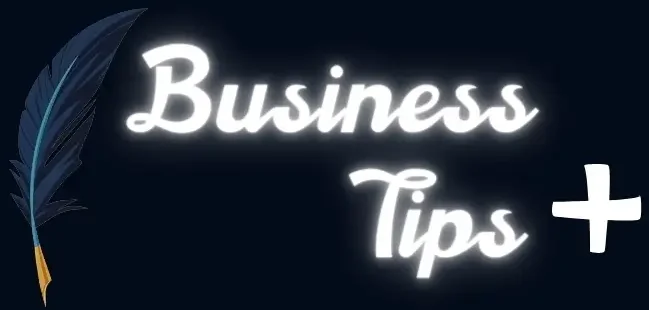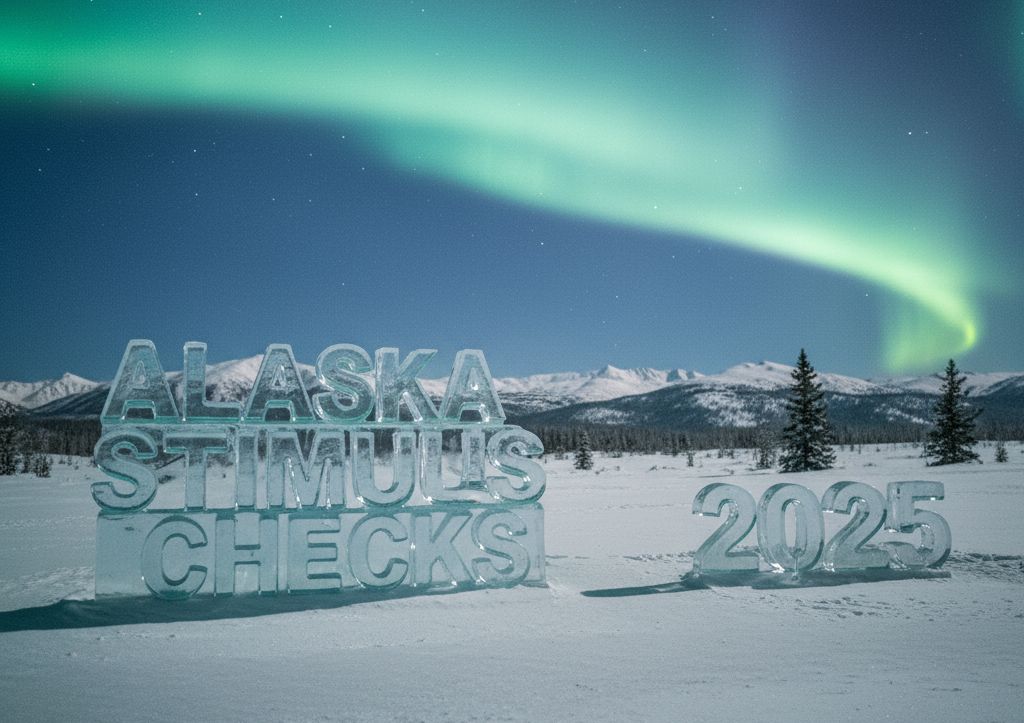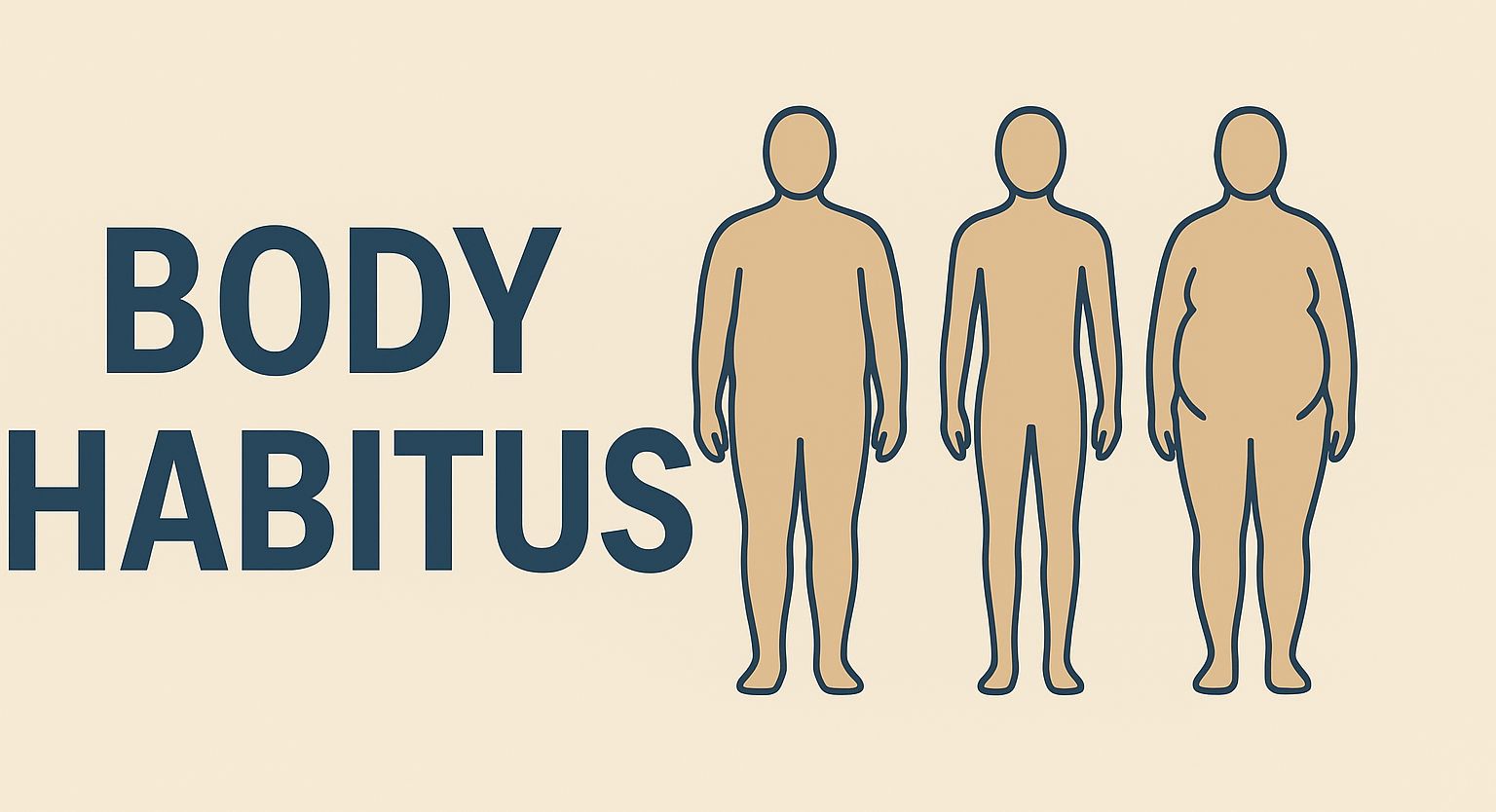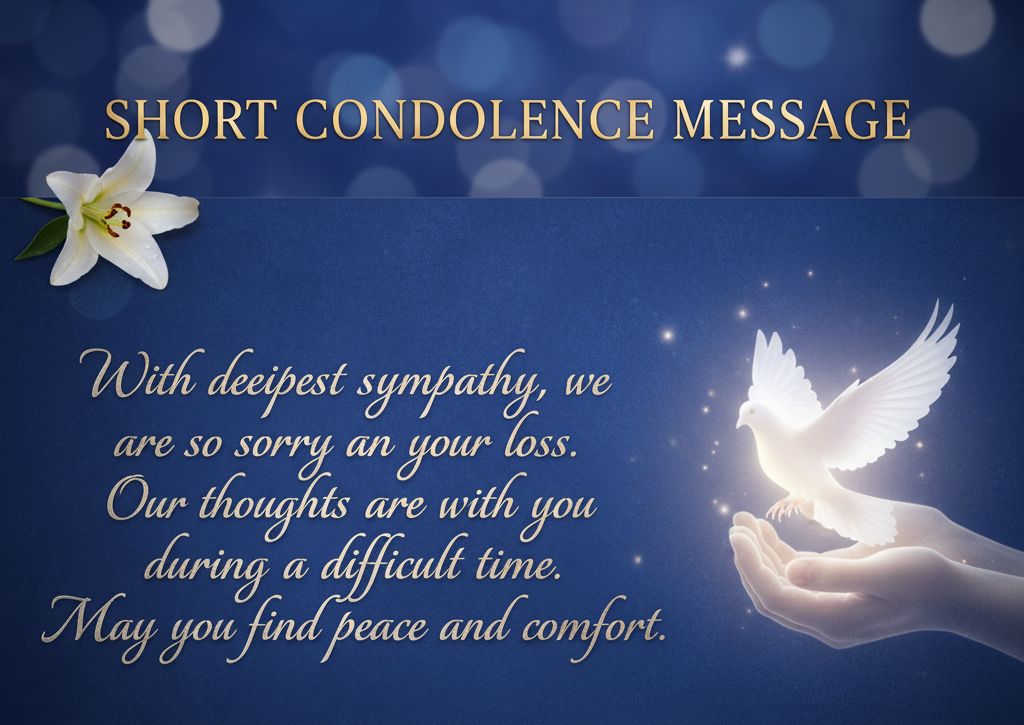Table of Contents
Introduction
Alaska Stimulus Checks 2025, the arrival of the annual payout from the Alaska Permanent Fund Dividend (PFD) is much more than just a bonus—it’s a financial lifeline. In 2025, this annual payment—often described as a “stimulus check” due to its broad, direct distribution—is again back in the headlines. Below, we’ll unpack what the 2025 PFD payment entails, how it works, who qualifies, and what to watch for. Whether you live in Alaska, are moving there, or simply curious about how one of America’s most unique income-sharing models works—it’s worth reading.
1. What is the 2025 Payment and Why It Matters
In 2025, eligible Alaska Stimulus Checks 2025 stand to receive a check of $1,702 under the PFD program.
This is composed of two parts: a base dividend (roughly $1,403.83) plus an energy-relief bonus of about $298.17.
While it is not technically a “federal stimulus check,” its effect is similar for many recipients: direct cash to households without means-testing, used for groceries, heating, bills or other needs.
Why it matters:
- In Alaska Stimulus Checks 2025 many living costs (fuel, heating, remote transportation) are higher than in many other states. A $1,700 infusion can relieve real stress.
- This program is one of the few statewide income-sharing programs tied to natural-resource wealth distributed broadly to residents.
- Because the amount and timing are publicly-announced and predictable (to a degree), households often plan around it.
2. Important Dates & Payment Schedule
Timing is key. According to the official site of the Alaska Department of Revenue (which administers the PFD), payment waves are scheduled as follows:
- First mass disbursement: October 2 2025, for online filers with direct deposit who were marked “Eligible-Not Paid.”
- Second wave: October 23 2025, for those who filed by paper or chose paper checks.
- Additionally there are earlier “catch-up” dates for older applications or those already eligible. For example, June 18, 2025, for applications eligible by June 11.
Tip: If you filed online with direct deposit, you’re likely in the first wave; paper check requests tend to be in the later wave. Check your status via the state portal.
3. Eligibility: Who Qualifies (and Who Doesn’t)
Receiving the 2025 PFD isn’t automatic for all Alaska Stimulus Checks 2025. There are specific eligibility rules. Here are the key points:
Must-haves:
- You must have been a resident of Alaska Stimulus Checks 2025 for the entire calendar year 2024 and intend to remain indefinitely.
- You must have spent at least 72 consecutive hours in Alaska during 2023 or 2024.
- If you claim residency in another state or country, you are disqualified.
- You must file your application on time (typically by March 31 each year) to be considered for the payout.
Disqualifiers / restrictions:
- If you were absent from Alaska Stimulus Checks 2025 for more than 180 days (unless for allowable reasons like education, medical treatment, or military service) you may be ineligible.
- If you were convicted of a felony in the prior year, or incarcerated for it, you may lose eligibility.
Because of these criteria, some residents who live in Alaska Stimulus Checks 2025 may still miss out if deadlines were missed, or if they changed residency status, or have issues with their application.
4. How to Apply and What to Watch For
To access the 2025 payment, you must file an application during the open window and ensure your details are accurate. The process generally works as follows:
- Use the state’s online portal (“myPFD”) to submit your application or to check your status.
- Choose your preferred payment method: direct deposit (fastest) or paper check (slower). Ensure your bank routing/account info is correct.
- Make sure your address is up to date—especially critical if you moved or switched banking.
- File by the deadline (commonly March 31 for many years) to avoid disqualification for that year.
Common pitfalls to avoid:
- Typos in banking information or selecting “paper check” accidentally when you meant direct deposit (causes delay).
- Missing or inaccurate mailing address—paper check may get lost or delayed.
- Filing after the deadline—may force you to wait until next year and lose out on that year’s payout.
- Having a driver’s license or REAL ID from another state may raise questions about intent to remain in Alaska. Some coverage notes this has caused issues.
5. How Much, and What Does the Amount Depend On?
The $1,702 figure for 2025 comes from a combination of the base PFD dividend and an energy relief bonus. Some key factors behind how the amount is determined:
- The payout is linked to the earnings of the state’s Alaska Stimulus Checks 2025 Permanent Fund Corporation (APFC) which invests oil and mineral revenue.
- Legislative decisions: Over time, lawmakers have influenced whether the full formula is used or if the payout is adjusted. For example, some articles suggest the formula has been scaled back or modified.
- Economic factors: Oil prices, fund investment returns, state budget priorities all play a role.
In short: the $1,702 for 2025 is relatively stable compared to recent years — but it is not guaranteed to stay the same in future years. Recipients should view it as a helpful boost, not permanent income.
6. Why the PFD Program Is Unique—and What It Means for Recipients
The PFD is unusual among U.S. state-run benefit programs. Here’s why:
- It distributes a share of resource wealth (oil/minerals) back to residents broadly—not just targeted welfare or income support. The Alaska Stimulus Checks 2025 was created in 1976 explicitly for this purpose.
- It is universal (within the eligibility rules)—every eligible resident gets the payment, not just low-income households.
- It provides a predictable influx of cash each year for many households—in Alaska’s case often at a time when heating, energy or other costs are high. As one article noted, it helps Alaskans “weather the long, dark winter” both literally and figuratively.
For recipients:
- Many use the PFD to tackle heating bills, emergency needs, or savings/investments.
- Because it’s taxable at the federal level (but not taxed by Alaska Stimulus Checks 2025as there’s no state income tax), recipients should be aware of potential tax implications.
- The program fosters a sense of shared benefit from Alaska’s natural resources—reinforcing that the state’s wealth is distributed in part to residents.
Conclusion
The 2025 PFD payment of $1,702 for eligible Alaska Stimulus Checks 2025 residents is an impressive, direct cash benefit—one of the most noteworthy state-level payments in the U.S. for its universality and scale. While it resembles a “stimulus check,” its roots go deep into Alaska’s history of resource-sharing and long-term fund management.
For those who qualify, it’s a chance to ease financial burdens and take advantage of a program that has become part of Alaska Stimulus Checks 2025 social and economic fabric. For policymakers, it raises interesting questions about how resource-rich jurisdictions can share wealth with residents.
If you or someone you know lives in Alaska Stimulus Checks 2025and may be eligible, double-check your filing status, payment method, and calendar. The October payment windows are approaching—and for many households, that $1,702 will make a meaningful difference.
Frequently Asked Questions (FAQs)
Q1: Is the PFD the same as a federal stimulus check?
A1: No — the payment from Alaska Stimulus Checks 2025 is a state program (the PFD), not a federal stimulus distributed by the Internal Revenue Service or Congress. However, because it is cash paid broadly to residents, it is often described in media as “stimulus-style.”
Q2: I moved to Alaska mid-2024. Am I eligible for the 2025 payment?
A2: Generally no — one of the core eligibility rules is being a resident for the full calendar year 2024 with intent to remain indefinitely.
Q3: If I filed late, can I still get the 2025 payment?
A3: It depends — if you missed the application deadline (often March 31), you may have to wait until the next year’s cycle. Late filings may impede eligibility for that year’s payout.
Q4: Is the payment taxable?
A4: Yes, at the federal level. The PFD is taxable income by the IRS. Alaska Stimulus Checks 2025 does not tax state income, but you will still report this payment on your federal return.
Q5: What if I chose paper check and haven’t received mine by October 23?
A5: Payment waves are staggered, but if your status shows “Eligible-Not Paid” and you’re past the scheduled payment date, you should check the official portal (myPFD) for status, verify your banking/address info, and contact the PFD Division of the Alaska Stimulus Checks 2025 Department of Revenue.
Q6: Can the payout amount change in future years?
A6: Absolutely. The amount is tied to fund performance, legislative decisions, and state budget priorities. Some recent reports suggest smaller payments may be forthcoming in leaner years.



